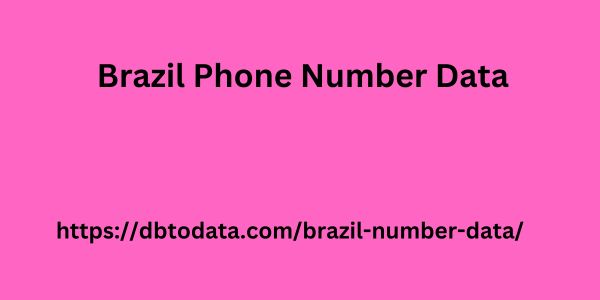|
|
If you are about to produce a TCC or a dissertation, you may have already heard about registration! After all, it is capable of making your study more practical and accessible, compiling the main ideas from your readings in one place. Much easier than rereading all the old and underlined books, right? In fact, if you have a good study technique, you will probably have already written a file at some point or come across it as a scientific work . But it is only when the teacher says that it will be used as a form of assessment that the biggest doubts arise. For this reason, in this article, we will answer the main questions on the topic: What is registration and what is it for? What is the difference between listing, summary and review? What are the types of records? How to make a registration? What is registration and what is it for? As the name suggests, indexing is the technique of formatting text into cards.
Thus, topics are formed with the important parts of the content, gathering quotes or forming analyses. In other words, it’s a super practical format! Therefore, the index is normally used as support in the construction of denser works that require a lot of prior reading. After all, it's easy to find the quotes you need, author, book and page in one place. I want to publish my academic works! Additionally, they can be used as personal study Brazil Phone Number Data materials. And then it's worth using all your creativity: mixing types of records, separating records by color and even adding post-its with comments to relate the recorded parts with other references. And, just as their functions can vary greatly, the types of records also change and can be divided into: From citation; Bibliographic; Summary. But calm down! The summary form is not the same thing as the academic summary format . Let's explain the differences! What is the difference between listing, summary and review? At first, the summary may seem very similar to a summary or review.

However, it is important to highlight that, although they all abbreviate the content, they are different as they have different forms of presentation and objectives. To make the distinction simpler, we formulated the table below: What is the difference between a summary, a summary and a review? So, you can now decide which format is best for your studies, right? In this case, so that you can choose the ideal registration model, you need to know the three existing types. What are the types of records? To begin with, knowing the types of records is essential for anyone who needs to do academic work in this format. Furthermore, the worksheet is a good ally for a study and reading technique. Therefore, knowing the types of documents will also help you choose the best format to help you read and search for important quotes and points in the future. So let's start. Citation filing As the name suggests, in this model you will record the most relevant quotes from the text. So, it's like writing direct quotes from a work in bullet points. In this case, remember to follow the ABNT rules with literal transcription of the excerpt, author's name, year and page.
|
|